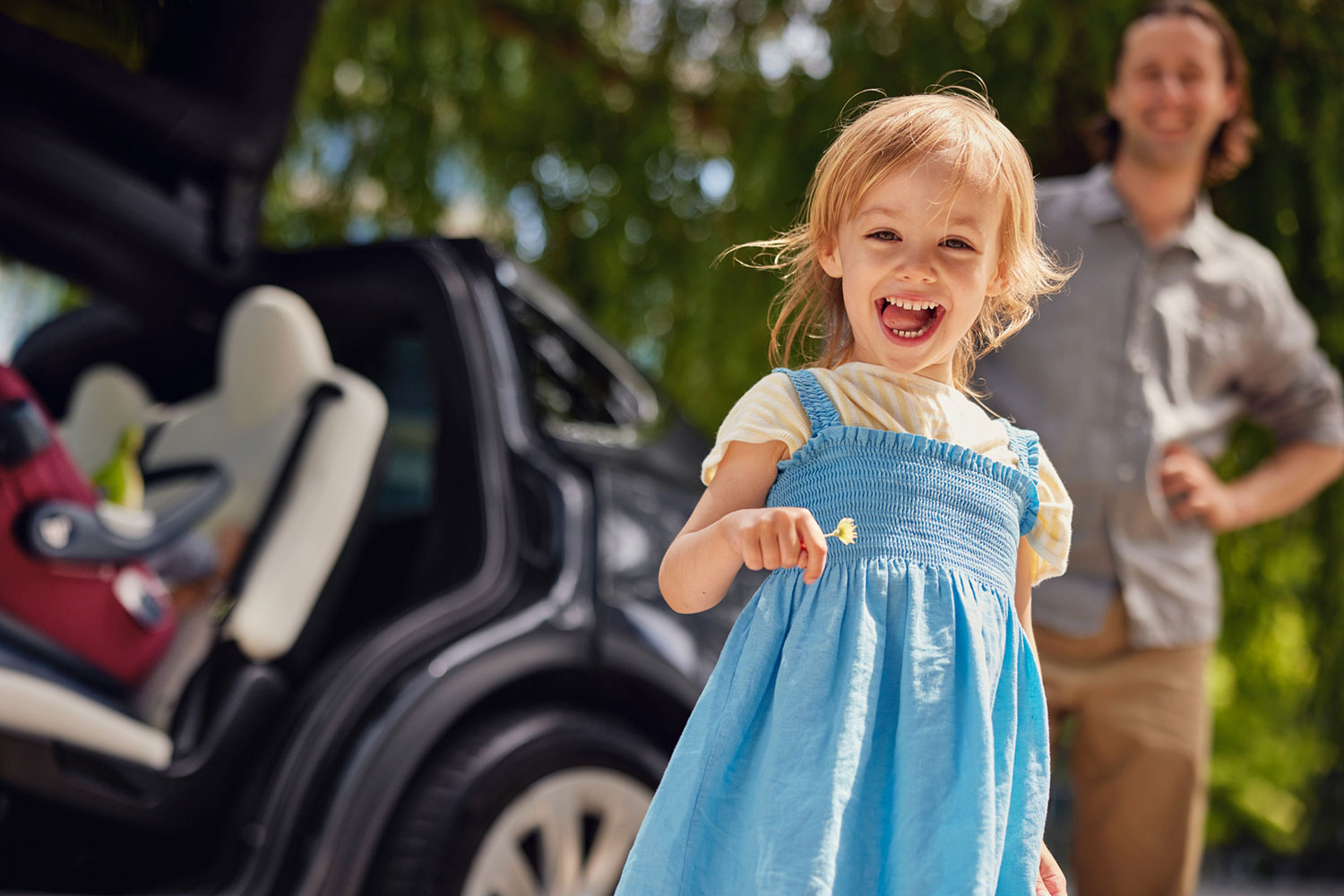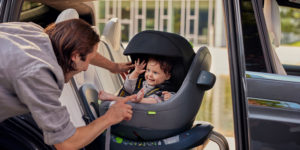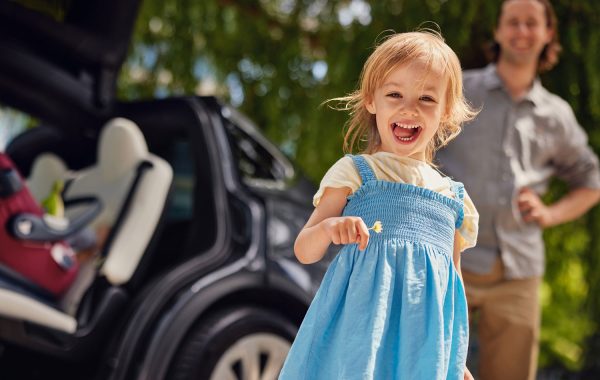Are rear facing child seats providing better safety for my child? Is this true?
Firstly, in this blog, we aim to provide the information, reasoning, hints and tips regarding the topic of rear facing car seats. Hopefully doing the groundwork so you don’t have to.
Have a specific question, here is what we are covering:
- What is mandatory?
- Why is 15 months rear facing a mandatory requirement?
- What happens in frontal impacts?
- How about side impacts?
- What about rear impacts?
- Should my child rear face up to 4 years old?
- Will they have enough room?
- How can I check on them whilst I’m driving?
- Is it difficult to install rear facing car seats?
The big question! How long should I keep my child rear facing?
Firstly, What is mandatory?…
(ECE) R129 infant carriers (baby car seats) mean your baby will be required to rear-face for a minimum of 15 months.
Why 15 months? It’s all about the baby’s body proportions…
Children in their first years need the best protection they can get especially when travelling in a car. Since their body is not fully developed, they are under greater risk of injuries in the event of a crash. Their body proportions are very different from those of an adult and their muscular system has just started to develop. For example, in the first two years, the size of a baby’s head is approximately a quarter of their whole-body mass whereas for an adult it’s 1/14th of the body mass. For a baby, it is much more difficult to lift or stabilise their head.
What happens in frontal impacts?
In frontal collisions, a rear facing seat provides the best protection. This is because the shell of the seat provides protection for the two most vulnerable areas of a baby, the neck and the head. In a frontal impact, the high loads are distributed over a large area of the child’s back. High stresses in the neck and spine, as well as high strain to the chest and head, are significantly reduced when rear facing.
How about side impacts?
When considering side impacts, the majority of the time there are still ‘forward impact forces’. Either by the impact direction itself or the driving direction of the car. However, it is still important to consider that the sidewalls of the seat provide added cover and protection.
I understand that rear facing is five times safer in a frontal crash, but what about rear impacts?
This scenario is a lot less common, and when they do occur will generally be less severe as the impact speed, on the whole, is lower; as both cars will be travelling in the same direction. When travelling rear facing in this scenario, the child sits further away from the point of impact, so that a longer crumple zone is provided even in cars with a small boot.
So, should my child rear face up to 4 years old?
Evidence of the benefits of restraining children up to 4 years old in rear-facing seats, in comparison to forward-facing child restraints has been provided through crash tests as well as real-world data.
With this in mind, leading paediatricians, scientists, the biggest Swedish insurance company Folksam, health organisations like the American Academy of Pediatrics (AAP), consumer rating organisations and automobile clubs in Europe (ÖAMTC, TCS, ADAC) recommend keeping children in rear-facing child seats beyond 15 months.
Does my child have enough Legroom? Is it safe to keep my child rear-facing when their legs seem too long?
For older children (3-4 years) it may look like they don’t have enough space for their legs, but they are still very flexible and can sit comfortably cross-legged or with bent legs. They can also put their feet on the rebound bar or the seat. The seat aims to protect the essential parts of the body including the head, neck, chest and internal organs.
How can I check on my child while driving? I won’t be able to see them…
If you are driving alone with your child you can put the seat next to you in rear-facing configuration but you need to remember to deactivate the front seat airbag. For longer rides, the recommendation is to have someone next to your child in the rear. Be sure to take breaks as the child should not be in the seat for more than 2 hours at a time. This also causes less distraction for the driver and makes it easier to keep their eyes on the road.
Is it difficult to install my car seat rear-facing?
Swandoo products are designed in a way to make installation as easy and as intuitive as possible. With our installation bases, the system becomes plug-and-play and the green/red indicators make it almost impossible to install your seat incorrectly.
We also advise having your seat installation reviewed by a qualified inspector to ensure that everything fits well and is correctly installed. We have a list of expert independent retailers in our where to find us section. If no one is showing nearby at the moment, let us know, we will point you in the right direction.
So, how long should I keep my child in a rearward-facing position?
Swandoo car seats are certified under the newest regulations ECE R129, where it’s mandatory to keep your child rear facing until 15 months. Beyond 15 months, we recommend keeping your children rear facing as long as possible. And our Marie 360 rotation seat will allow you to do this up to 4 years old.
However, if parents decide to place their children in a forward-facing seat – Marie will allow you to face your child forward with a high degree of protection (but remember, only after 15 months!).
Get in touch with us if you have any more questions, or would like us to cover more topics with our in house experts.
We are here to help.











